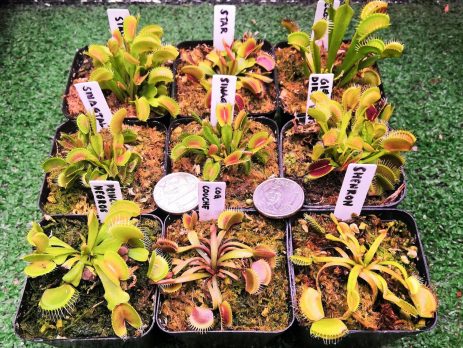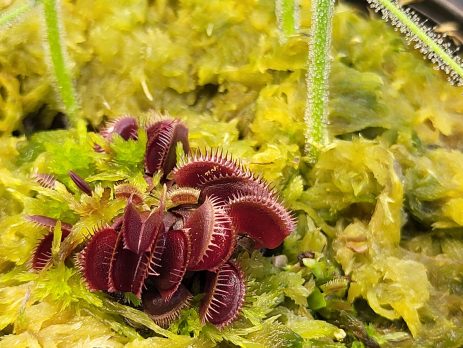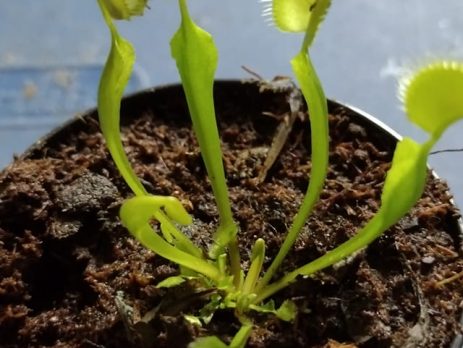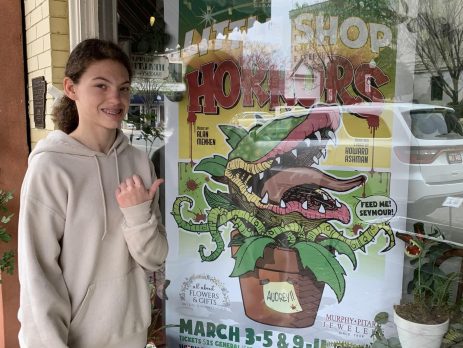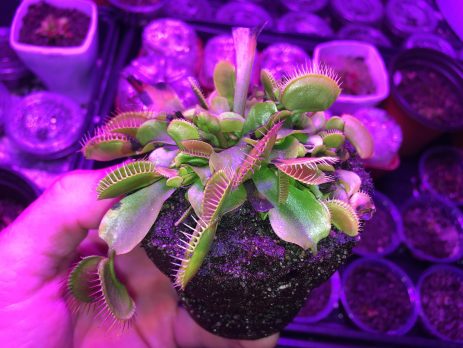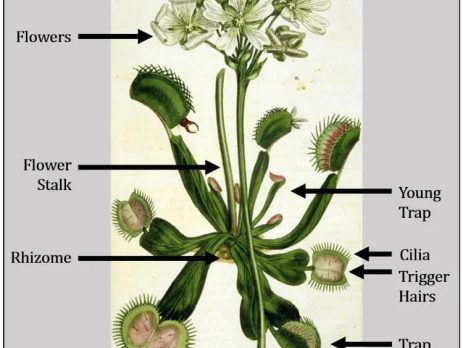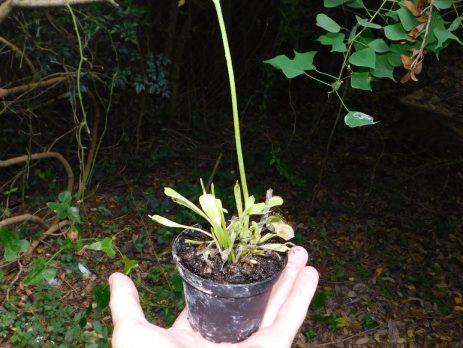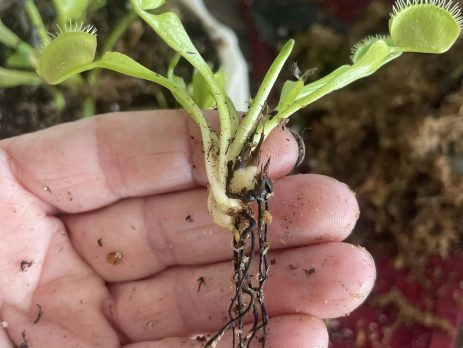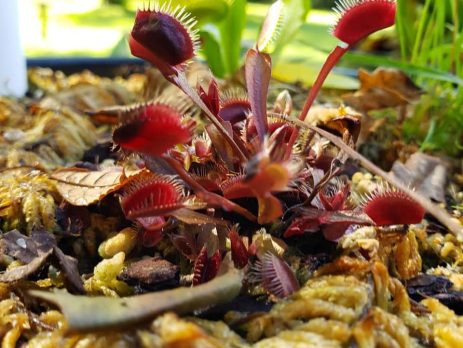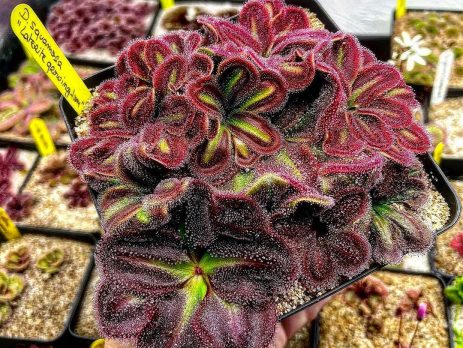Are Venus Flytraps valuable plants? Can I grow them as an investment?
Venus flytraps can be valuable as collectibles to some people, especially if they are rare or unique cultivars. However, as with any collectible, their value can vary greatly depending on market demand and supply. It is important to note that Venus flytraps are not typically considered to be investment-grade assets, and their value is unlikely to appreciate significantly over time. Propagation can also affect the value of Venus flytraps as collectibles. Some cultivars may be more difficult to propagate than others,...

